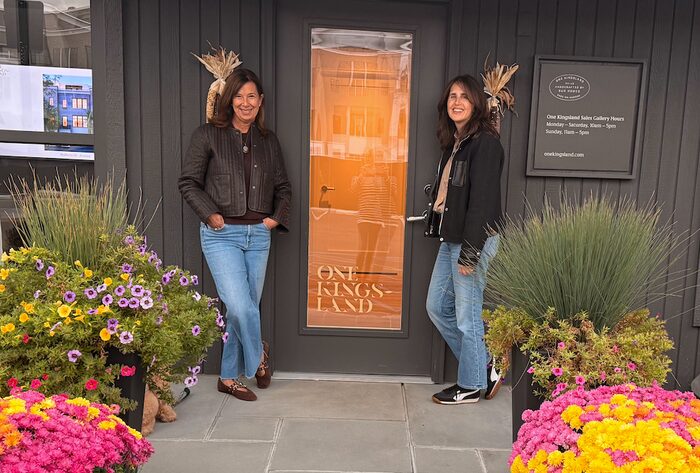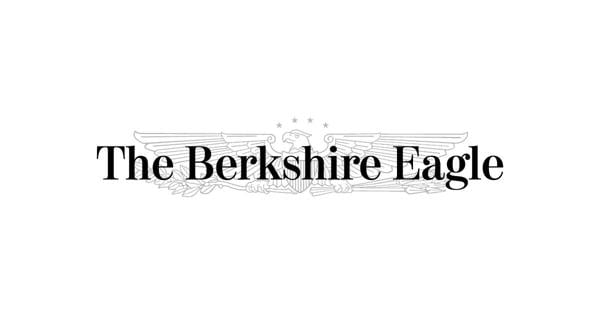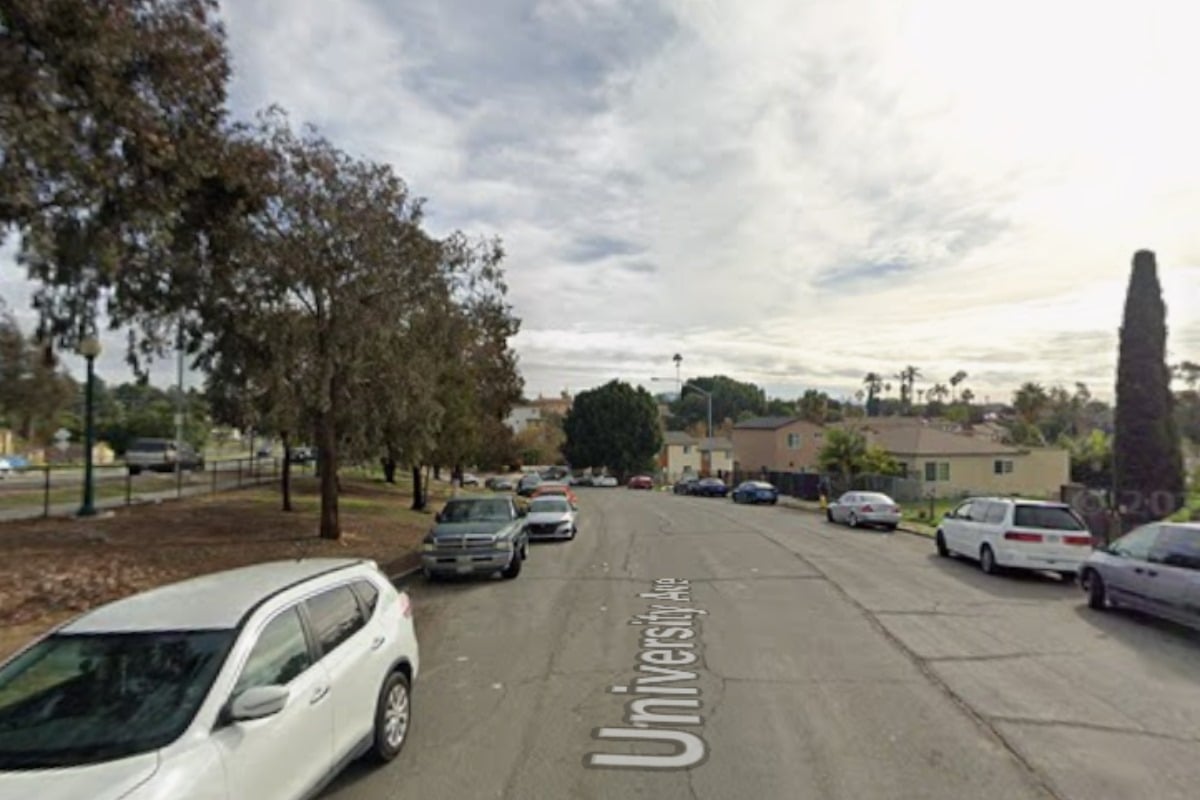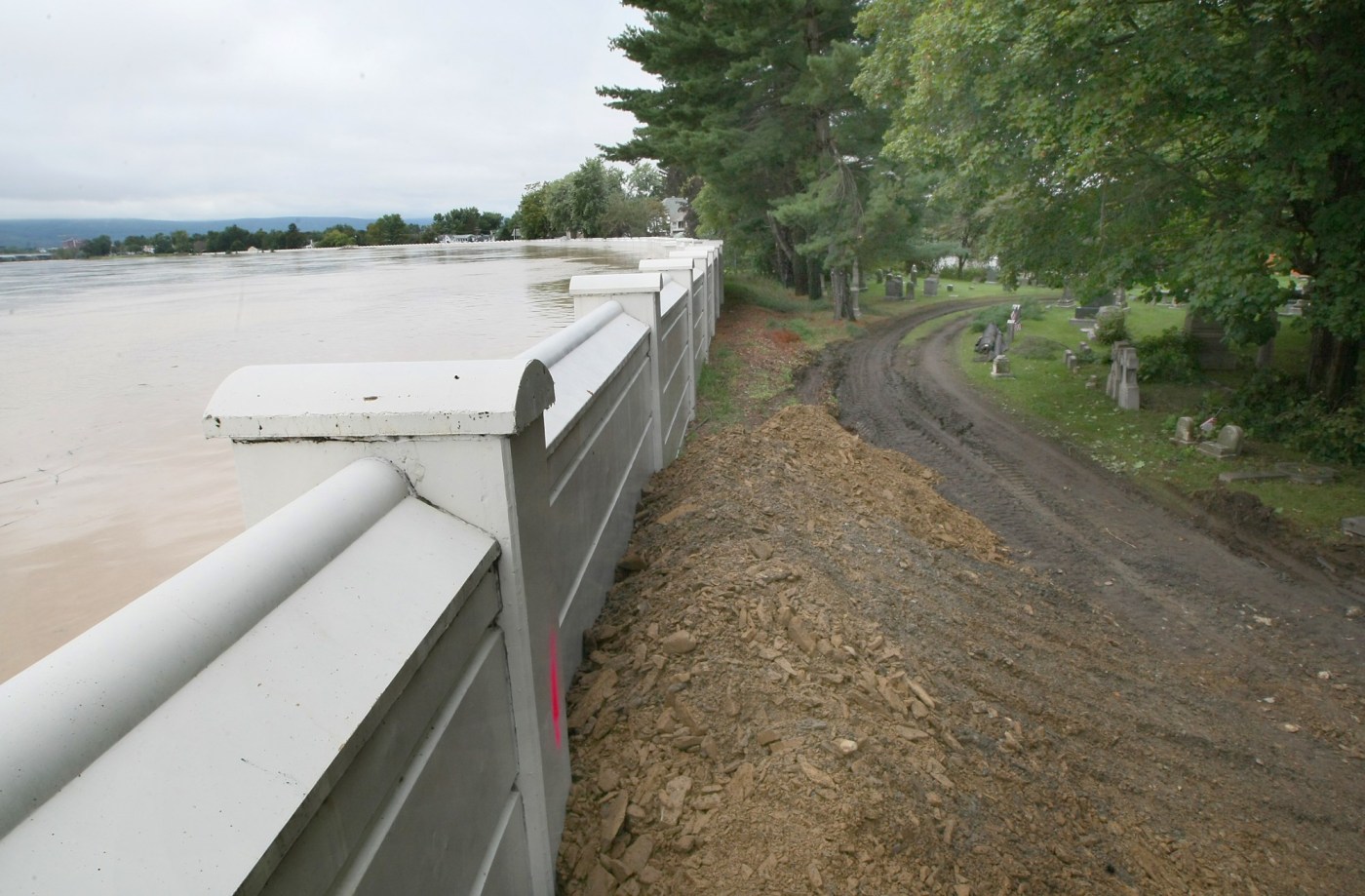UPDATE: Two couples from Westchester County, Stephanie Falk and Judy Cooperman, are taking an urgent step to ‘rightsize’ their living arrangements in a rapidly developing community in Sleepy Hollow, New York. Both couples are seeking accessible homes that foster vibrant social connections, making this move a timely reflection of changing lifestyle needs.
The Falks and Coopermans, both in their mid-to-late 50s, have just announced their decision to transition from traditional suburban living to the new Edge-on-Hudson development. This mixed-use community, which is under construction, promises a lifestyle change that resonates deeply with their current priorities.
As Stephanie Falk’s children left for college, she envisioned returning to a more urban setting reminiscent of her younger years in New York City. However, her husband Andrew preferred to retain the greenery of their suburban home. The couple compromised by selling their century-old house in Edgemont, New York, for just over $1.6 million, opting for a new townhome that offers both space and accessibility.
At the same time, the Coopermans were also ready for a change. They sought a lower-maintenance home in a vibrant community, leading them to explore the Edge-on-Hudson development. During a golf outing in the spring of 2024, the two couples discovered they shared similar goals, making their joint move even more appealing.
“The development checked many of our boxes,” Judy Cooperman shared. With a spacious four-bedroom townhome and essential amenities like elevators for visiting parents, the new homes are designed for longevity and comfort. The proximity to the Hudson River and local restaurants enhances the appeal for both couples, who are eager to embrace a lifestyle filled with social interactions.
“I believe fully in community. Being around other like-minded people can be really beneficial,” Stephanie remarked, highlighting the importance of social connections as they age.
The Edge-on-Hudson project, which will eventually encompass nearly 1,200 homes, including townhomes, condos, and apartments, is set on a 70-acre site that previously housed a GM assembly plant. It will also feature a grocery store, park, and hotel, all aimed at fostering community engagement.
Both couples have temporarily moved into rental apartments within the development while awaiting the completion of their townhomes. This transition offers a unique opportunity for them to meet new neighbors and acclimate to their new environment. “People are friendly. It’s kind of like going to college when you’re a freshman; everyone wants to meet people,” Judy said, reflecting on the welcoming atmosphere.
The urgency of this move reflects a broader trend among Gen Xers and baby boomers who are seeking vibrant, accessible living arrangements without fully committing to retirement communities. They are not downsizing but rather ‘rightsizing’—a term that encapsulates their desire for a lifestyle that matches their evolving needs.
As construction progresses, both couples are excited about the future. Their decision to move is not just about changing addresses; it’s a significant lifestyle shift that emphasizes community, accessibility, and active living. “The actual lifestyle part of it just feels right for what we want,” Stephanie concluded, underscoring the emotional resonance of their choice.
For those in similar situations, the Falks and Coopermans’ story illustrates the possibilities of adapting to changing life stages while maintaining a sense of community and connection. As they embark on this next chapter, their experiences may inspire others to consider what ‘rightsizing’ means for them.







